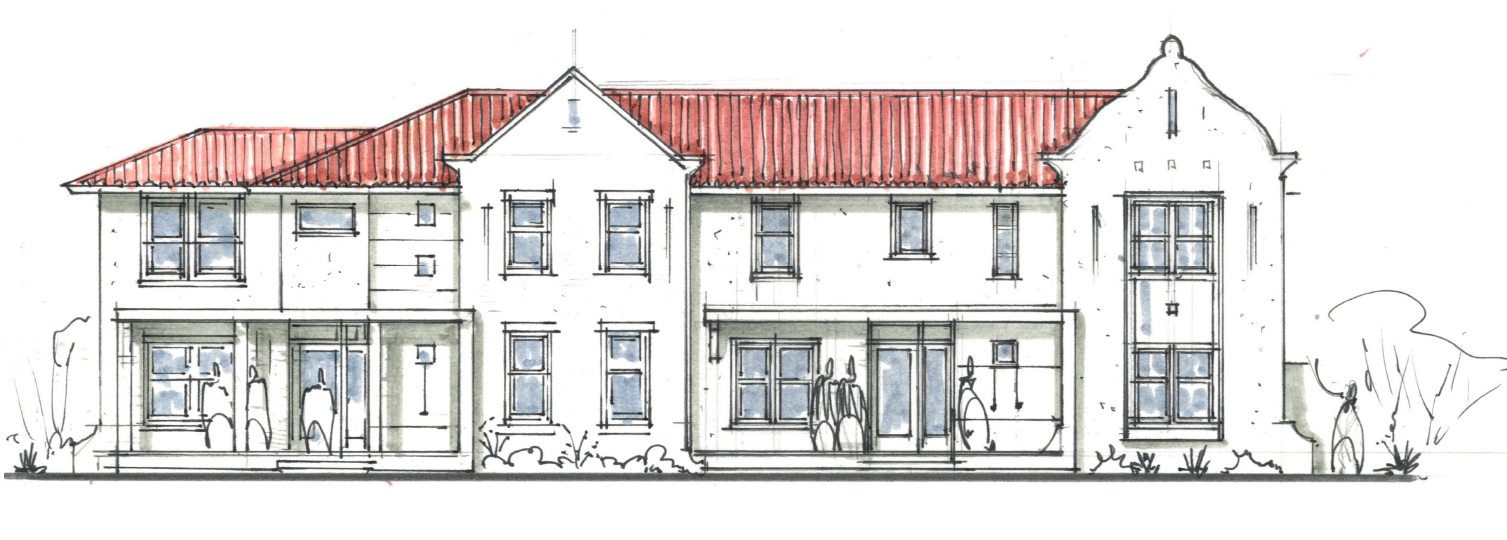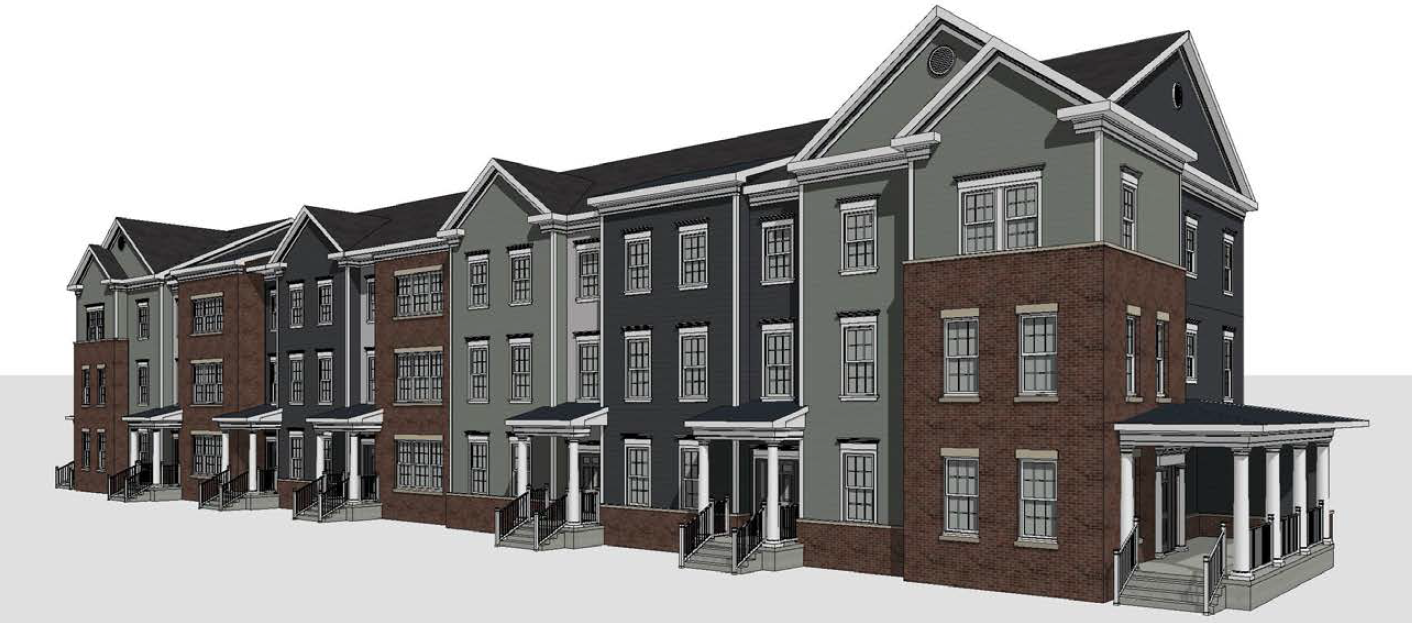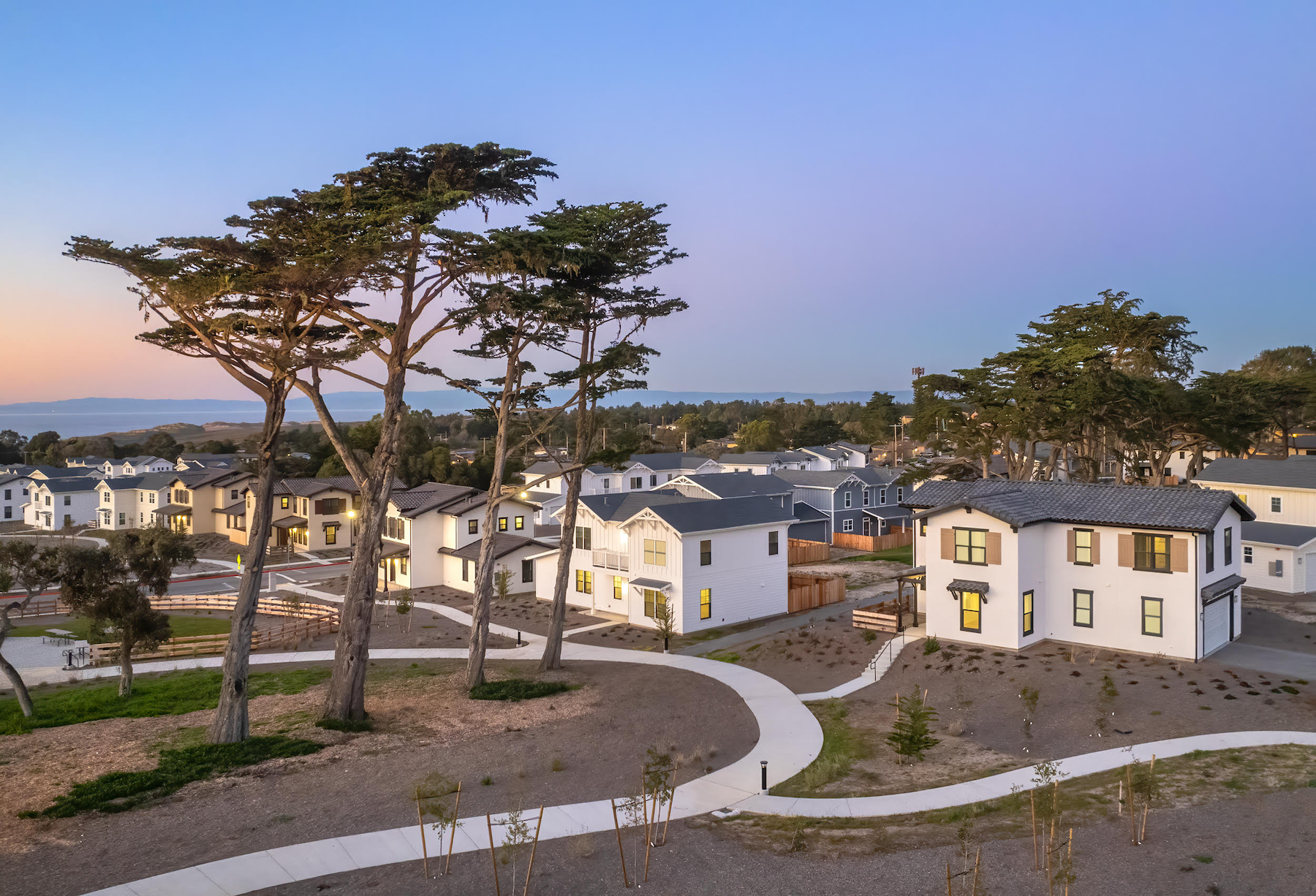Last October, the global developer Lendlease, which owns and manages more than 40,000 homes and 192 apartments on U.S. military installations in 24 states, said it would break ground later that year on a $110 million development on 51 acres for the construction of 75 family housing units and 60 two-bedroom apartments for personnel based at the U.S. Southern Command in Doral, Fla.
This development represented the first new privatized housing project authorized by the U.S. Army since 2010. Simultaneously, this development was part of Lendlease’s launch of a new military housing portfolio branded Cadence Communities, whose initial phase would combine 345 existing, newly privatized homes with new construction at seven U.S. Army installations.
In an interview with IREI.com last September, Lendlease’s COO Philip Carpenter said his firm was preparing to build more than 1,200 homes and renovate another 2,280 units on military installations.
Completing those plans will soon be in the hands of the Omaha Beach Investment affiliate of Guggenheim Partners, a global investment and financial services firm that last month agreed to acquire Lendlease’s U.S. military housing portfolio—which Lendlease manages under a joint venture with Winn Residential—for the equivalent to $323.4 million. This deal is expected to close in early 2025.
Lendlease had disclosed previously its intention to shed its overseas assets and concentrate on expanding its business in Australia, where the firm is based.
Privatizing military housing has met with mixed results
Since Congress created the Military Housing Privatization Initiative under the National Defense Authorization Act in 1996, there are more than 200,000 housing units within 80 projects on or near U.S. military installations, according to the Military Housing Association (MHA). Virtually all these units are owned and managed by 14 developers and builders that include Balfour Beatty, Hunt Military Communities, and Liberty Military Housing. The U.S. Department of Defense sets policy for this housing program.
To date, stated MHA, the Initiative has delivered more than 75,000 new homes and conducted major renovations to 50,000 units. However, over the years of the Initiative, military housing has been plagued by complaints from residents, the U.S. Government Accountability Office, and the press about shoddy renovation and maintenance. These complaints have led to lawsuits and, on occasion, big penalties, as chronicled last May by Mother Jones magazine.
While there’s been relatively few new military homes built lately (at least based on what’s been reported publicly), that could be changing. Federal News Network reported in March that the Defense Department would receive $18.7 billion in fiscal 2024 for military construction, of which $2 billion would go toward family housing initiatives that include construction, maintenance, upgrades, and oversights. An estimated $320 million of that total have been earmarked specifically for revitalizing six privatized housing projects.
To learn more about their construction and renovation activities, BD+C reached out to several of the private landlords, as well as to Mark Colon, Deputy Assistant Secretary of Defense for Housing, but heard back from only two companies: Balfour Beatty, the industry’s largest military housing provider (which declined to comment for this article); and The Michaels Organization, which announced last March that it had secured over $500 million in financing to support its U.S. Army housing portfolio over the next five years.
Michaels’ portfolio is comprised of more than 17,500 housing units across 12 locations nationwide. Seven percent of this portfolio is multifamily units for junior enlisted members of the Navy at the 941-apartment Pacific Beacon at Naval Base San Diego, the first of its kind for unaccompanied service members at the rank of E-4. In coordination with the Army, Michaels is planning to break ground later this year on a similar multifamily project at Fort Irwin in California, according to Erik Robertson, The Michaels Organization’s Senior Vice President of Investment Management.

New construction and services have growth potential
In written responses to questions sent by BD+C, Robertson said that 60% of $500 million his firm plans to spend will be for new construction, with the rest going toward improving existing units. He added that Michaels has a strategic partnership with the firm Urban Practice for architectural design services, and employs local engineering and construction firms for its military housing projects.
Robertson explained how military housing differs from market-rate housing. For one thing, military housing is purpose-built to meet service members’ needs, primarily the routine permanent changes of station each member experiences every 24 to 36 months. This is achieved, he said, by focusing on designing active neighborhoods made to bring residents together as communities. Homes are also built with the expectation of increased wear and tear caused by moving, and with more storage spaces in each home.
Must haves for new construction include smart thermostats, energy efficient fixtures and appliances, two-car garages, private backyards with patios where feasible, buried utility cables, and age-specific playgrounds. Robertson added that well-designed neighborhood layouts “are essential for fostering communities.”

Despite the Armed Services having privatized virtually all of its family housing in the U.S., The Michaels Organization still sees growth opportunities in this subsector. Robertson noted that each of the services is working to replace housing for its junior enlisted and unaccompanied service members that, historically, had been in barracks. Robertson believed that his firm’s 18-story, $321million Pacific Beacon project—built by Clark Construction under a design-build contract with the designer Torti Gallas + Partners, and completed in 2009—provides an alternative blueprint.
The Michaels Organization also sees potential in providing services to military residents. He pointed out that Michaels’ completion of a $305 million bond issuance leverages future deposits to the Army’s reinvestment accounts. “This shows that the services are taking a sophisticated approach to bring future investments closer to today,” said Robertson. Another example is the focus on improving resident wellness by investing in air and water purification, and access to more natural light “to create environments that allow service members to be the best versions of themselves.”
Related Stories
| Jul 18, 2014
Top Architecture Firms [2014 Giants 300 Report]
Gensler, Perkins+Will, NBBJ top Building Design+Construction's 2014 ranking of the largest architecture firms in the United States.
| Jul 18, 2014
2014 Giants 300 Report
Building Design+Construction magazine's annual ranking the nation's largest architecture, engineering, and construction firms in the U.S.
| Jul 7, 2014
7 emerging design trends in brick buildings
From wild architectural shapes to unique color blends and pattern arrangements, these projects demonstrate the design possibilities of brick.
| Jul 2, 2014
Emerging trends in commercial flooring
Rectangular tiles, digital graphic applications, the resurgence of terrazzo, and product transparency headline today’s commercial flooring trends.
| Jun 30, 2014
Research finds continued growth of design-build throughout United States
New research findings indicate that for the first time more than half of projects above $10 million are being completed through design-build project delivery.
| Jun 18, 2014
Arup uses 3D printing to fabricate one-of-a-kind structural steel components
The firm's research shows that 3D printing has the potential to reduce costs, cut waste, and slash the carbon footprint of the construction sector.
| Jun 12, 2014
Austrian university develops 'inflatable' concrete dome method
Constructing a concrete dome is a costly process, but this may change soon. A team from the Vienna University of Technology has developed a method that allows concrete domes to form with the use of air and steel cables instead of expensive, timber supporting structures.
| Jun 9, 2014
Green Building Initiative launches Green Globes for Sustainable Interiors program
The new program focuses exclusively on the sustainable design and construction of interior spaces in nonresidential buildings and can be pursued by both building owners and individual lessees of commercial spaces.
| May 29, 2014
7 cost-effective ways to make U.S. infrastructure more resilient
Moving critical elements to higher ground and designing for longer lifespans are just some of the ways cities and governments can make infrastructure more resilient to natural disasters and climate change, writes Richard Cavallaro, President of Skanska USA Civil.
| May 20, 2014
Kinetic Architecture: New book explores innovations in active façades
The book, co-authored by Arup's Russell Fortmeyer, illustrates the various ways architects, consultants, and engineers approach energy and comfort by manipulating air, water, and light through the layers of passive and active building envelope systems.

















